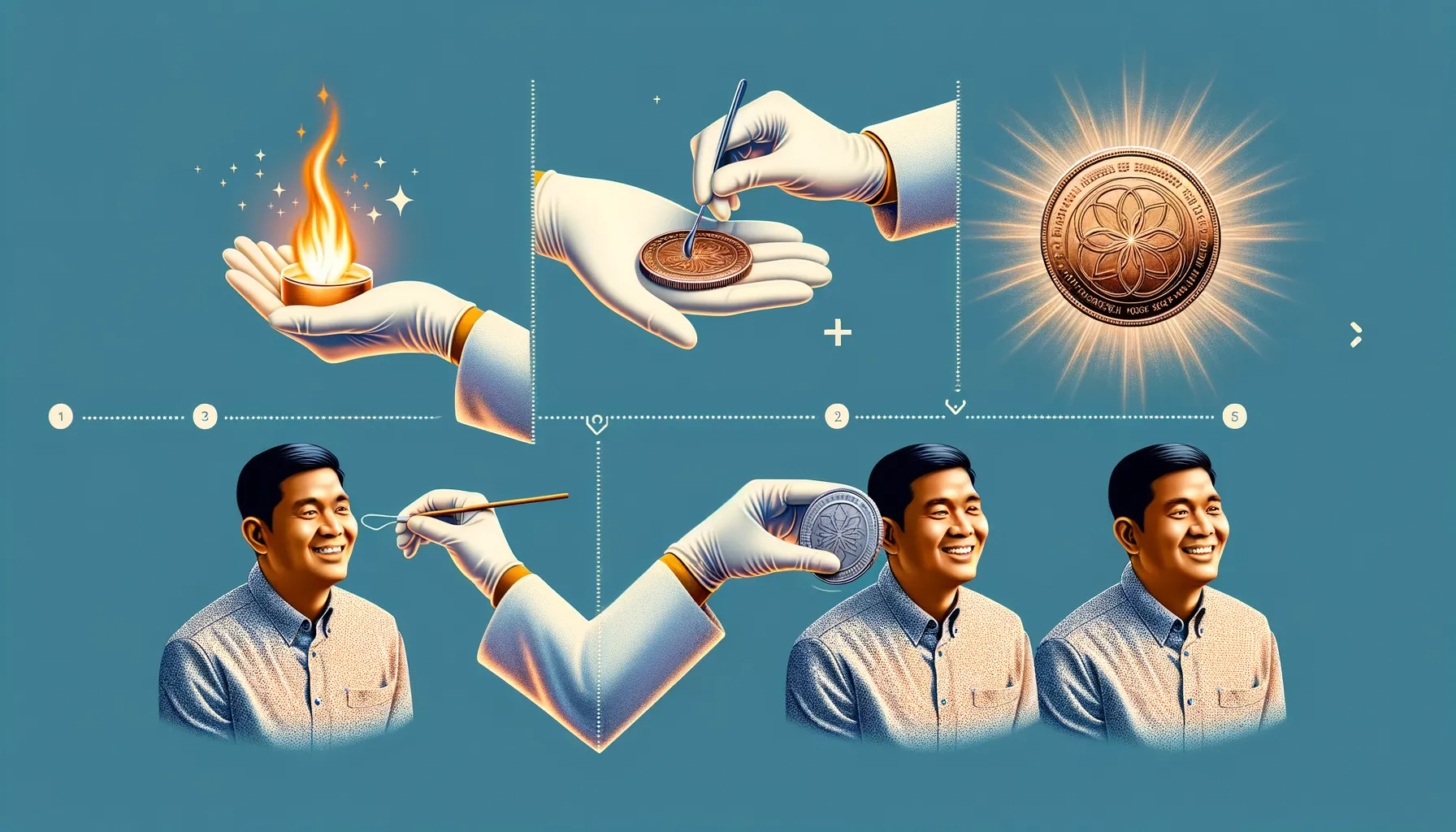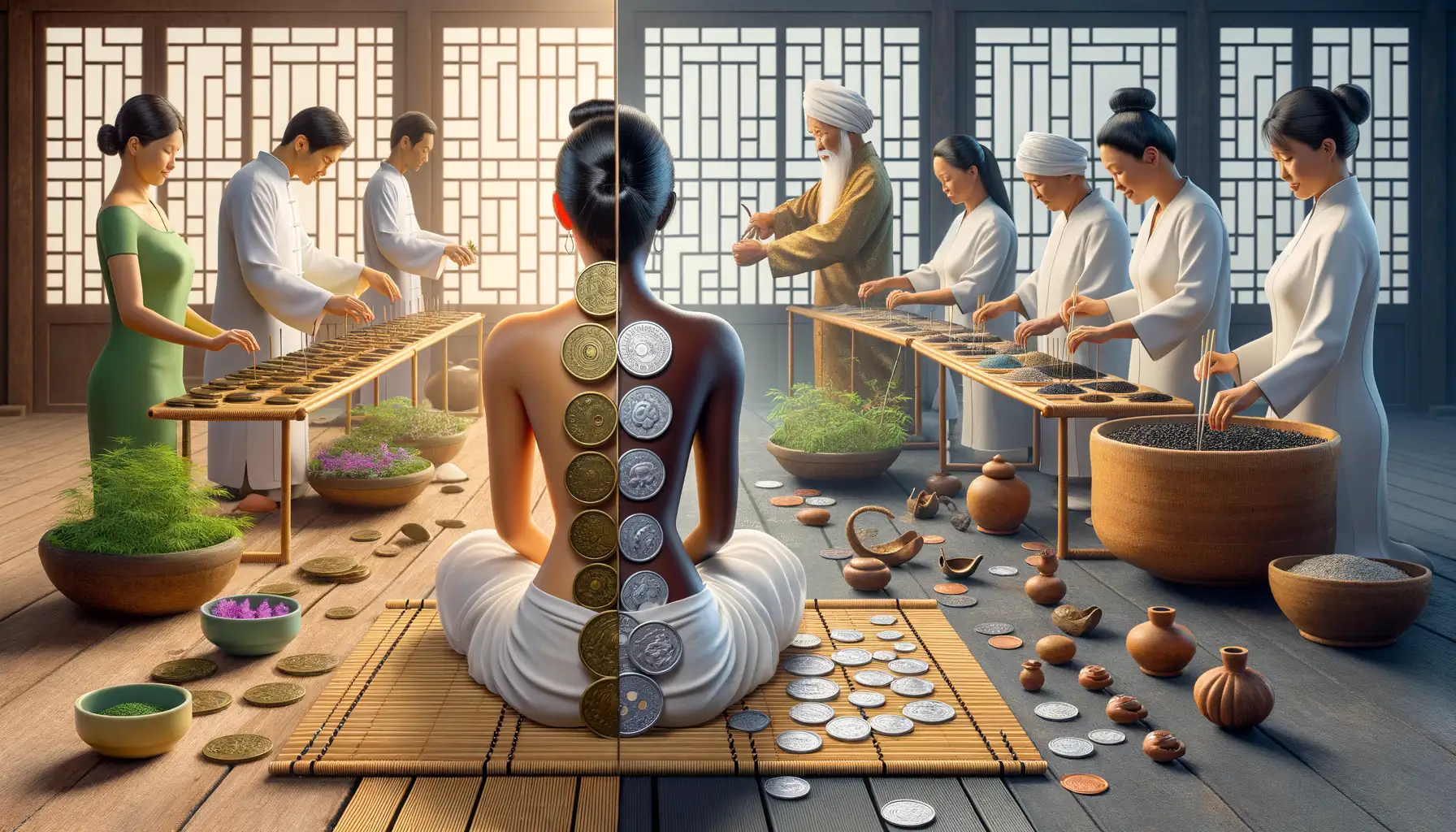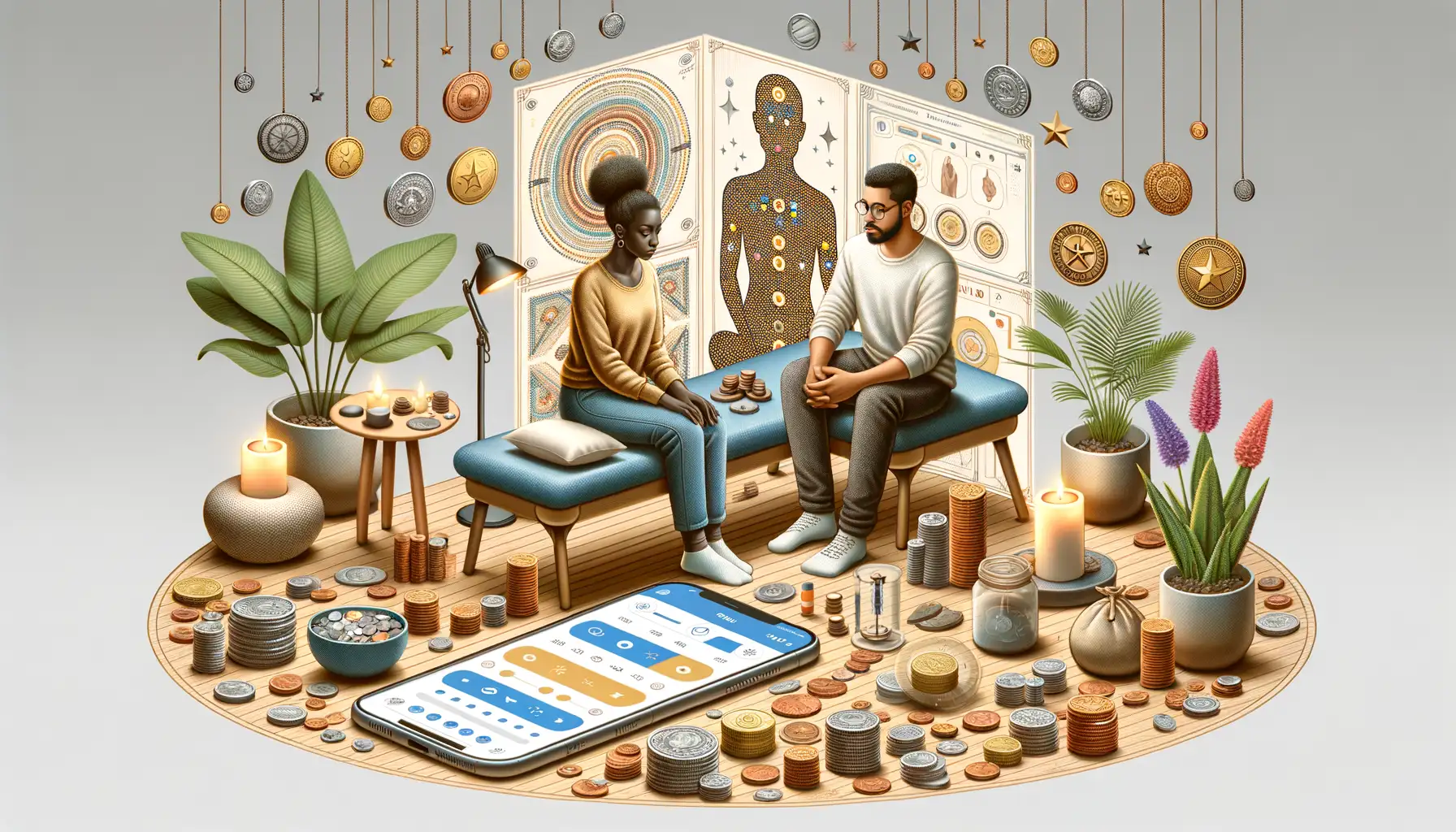Historical Origins of Coin Usage in Chinese Medicine
The Ancient Roots of Healing with Coins
Picture this: the glint of a bronze coin catching sunlight as it passes from hand to hand in bustling ancient marketplaces. Beyond trade, these coins held a deeper purpose—they became tools of healing in Traditional Chinese Medicine (TCM), weaving together the threads of commerce and health. Fascinating, isn’t it?
The origins of coin-based therapy stretch back over a thousand years. During the Ming Dynasty, practitioners noticed how these small, circular objects could be used not only to balance finances but also energy, or Qi. It was believed that coins, already imbued with the energy of countless people from daily exchanges, carried a unique vibrancy perfect for health practices.
Why Coins? The Symbolism and Practicality
Coins weren’t chosen at random—each aspect had meaning. For example:
- Their round shape symbolized infinity, echoing the cycles of nature and the body’s own rhythms.
- The hole at the center of many traditional Chinese coins represented the harmony of heaven and earth.
Beyond symbolism, they were practical! Easily accessible, sturdy, and smooth-edged, coins provided just the right tool for techniques like coin scraping, an early form of what we now call gua sha. They truly merged the practical with the profound.
Techniques and Methods of Using Coins for Healing

Unlocking the Art of Coin Healing
If you’ve ever had someone glide a coin along your skin and felt that strange mix of discomfort and relief, you’ve already had a taste of traditional coin therapy, or Gua Sha. This time-honored method isn’t just about scraping away tension; it’s an intricate dance between pressure, energy flow, and precision. The technique begins with selecting the right coin—yes, even the coin’s material matters! Older Chinese coins, often made from copper or brass, are believed to enhance the process due to their conductive properties.
To start, oil is generously applied to the skin. Think sesame, mint, or camphor oil—each brings its own unique healing touch. The practitioner holds the coin at a slight angle and moves it in rhythmic strokes along meridian lines or problem areas. The goal isn’t to bruise (even though redness or “sha” often appears), but to free trapped energy, flush out toxins, and restore balance.
- Gentle strokes: Used for relaxation and minor ailments.
- Firm pressure: Helps with stubborn pain or chronic conditions, like back tension or headaches.
It may look simple, but mastering this method requires an almost intuitive understanding of the body’s hidden highways—your energy pathways. One wrong move, and you’re no longer “unlocking chi”; you’re just creating unnecessary discomfort!
Health Benefits and Applications of Coin Therapy

The Ancient Magic of Healing Touch
Imagine the soothing glide of a coin across your skin, like a gentle breeze chasing away heavy clouds. That’s exactly what coin therapy, or Gua Sha, promises—a reprieve from pain and tension. This centuries-old practice is believed to work wonders on the body’s flow of Qi by stimulating the surface and driving out trapped toxins. But how exactly does this translate into health benefits?
For starters, coin therapy is often sought after for its ability to relieve physical aches. Whether it’s stiff shoulders after a marathon Zoom meeting or lingering muscle soreness post-gym, the technique works to jumpstart circulation and promote healing. Picture it like unclogging a slow drain—the gunk dissipates, leaving everything flowing smoothly again.
- Boosts immunity: By enhancing blood flow, your body becomes more efficient at deploying its natural defense mechanisms.
- Reduces inflammation: The scraping motion encourages lymphatic drainage, calming swelling and redness.
- Relieves headaches: A lifesaver when tension migraines strike, Gua Sha loosens up tense areas where stress loves to hide.
A Multitasking Tool for Everyday Wellness
What’s truly fascinating about coin therapy is its versatility. It’s not just about alleviating existing discomfort—it’s also preventative. Heading into flu season? People swear by coin therapy for staving off colds by ‘clearing heat’ from the body. Feeling emotionally burned out? Practitioners say the technique can refresh your mind as much as your muscles.
In traditional Chinese medicine, ailments are often linked to blockages in the body’s energy pathways. Coin therapy acts like your personal maintenance crew, clearing these blockages and restoring harmony. Think of it as oiling the gears of a squeaky machine—it’s a small act with a big payoff.
Comparison of Coin Therapy to Other TCM Practices

How Coin Therapy Stands Out in the TCM Universe
When you think of Traditional Chinese Medicine (TCM), practices like acupuncture, herbal remedies, and cupping may spring to mind. But here’s the twist: while all these methods aim to restore harmony in the body, coin therapy brings a refreshingly tactile and symbolic element into the mix. Let me explain.
Unlike acupuncture, where needles create precise pressure points, coin therapy offers a sweeping, almost meditative motion as the coin glides over your skin. It’s less about pinpoints and more about flow—like painting strokes that release trapped energy.
And then there’s cupping. Sure, cupping is powerful for drawing out toxins, but it can leave you looking like a polka-dotted masterpiece. Coin therapy, on the other hand, might leave lighter marks, and its use of everyday objects—coins—adds an intimate, cultural charm that feels deeply personal.
- Herbal medicine: Works internally, slowly unraveling imbalances over time.
- Coin therapy: Works externally, offering near-immediate relief from muscle tension or heat imbalances.
Each practice has its magic, but coin therapy carries a certain down-to-earth elegance: an ancient ritual you can hold in the palm of your hand.
Modern Perspectives and Evolving Practices of Coin Therapy

Reimagining Ancient Wisdom Through Modern Lenses
Coin therapy, long rooted in the traditions of Chinese medicine, has begun to shed its purely historical reputation and take on a modern, innovative twist. Picture this: what was once a practice performed with simple copper coins now integrates sleek, purpose-made tools crafted from high-quality metals like stainless steel or even jade. It’s as if ancient techniques are donning a tailored suit for today’s world.
The evolution doesn’t stop at tools. Therapists are blending the practice with cutting-edge technologies like infrared heat applicators or using ergonomic coin-like devices to complement other treatments such as gua sha or acupuncture. By doing so, they manage to honor tradition while appealing to those who crave a fresh, forward-thinking approach to wellness.
- Some practitioners now incorporate aromatherapy oils, creating a full sensory experience during sessions.
- Others use guided breathing techniques alongside coin scraping to enhance relaxation and deepen healing.
Bridging East and West in Healing Practices
What makes modern coin therapy truly fascinating is its growing recognition across the globe. In Western settings, where wellness trends often exploit buzzwords, coin therapy is making a striking entrance—not just as an exotic health gimmick but as a practice rooted in scientific curiosity.
For instance, studies are being conducted to explore its impact on promoting circulation or stress relief. Imagine someone walking into a minimalist spa in California, and instead of a “trendy” massage, they’re introduced to coin-based scraping therapy. It’s not just a treatment; it’s an east-meets-west dialogue, sparking interest and connection between two worlds.
In this way, modern coin therapy holds a dual identity: respecting its rich cultural origins while seamlessly weaving into contemporary wellness narratives. The result? A practice that feels timeless yet undeniably relevant.
